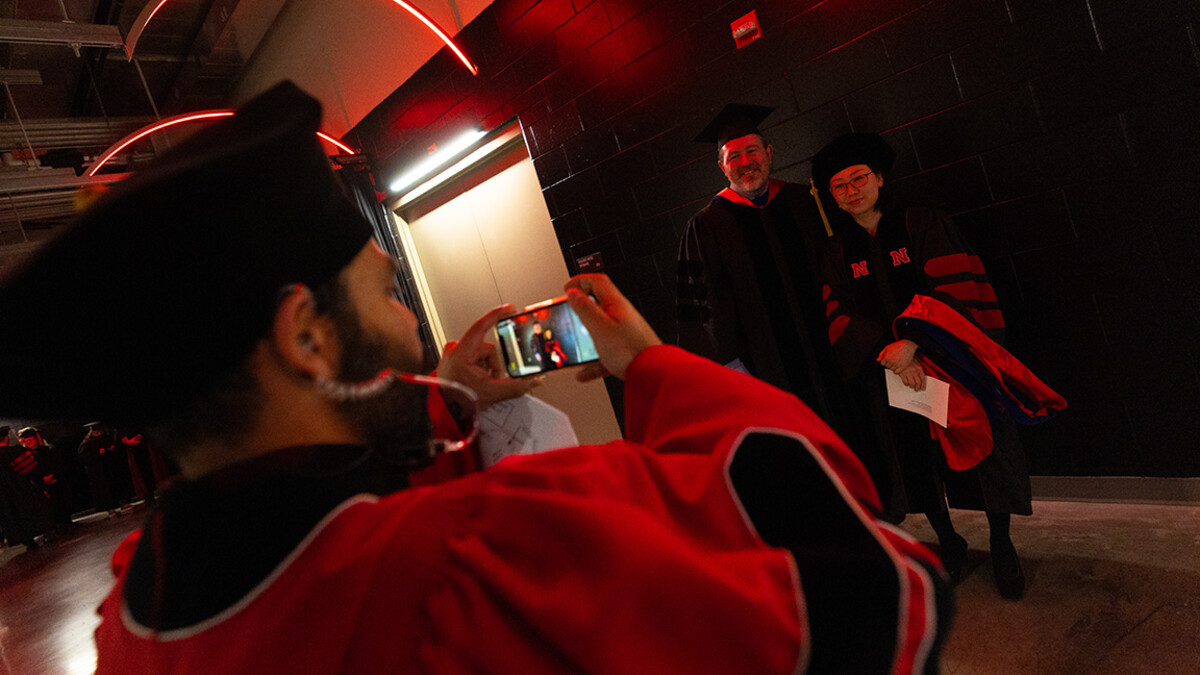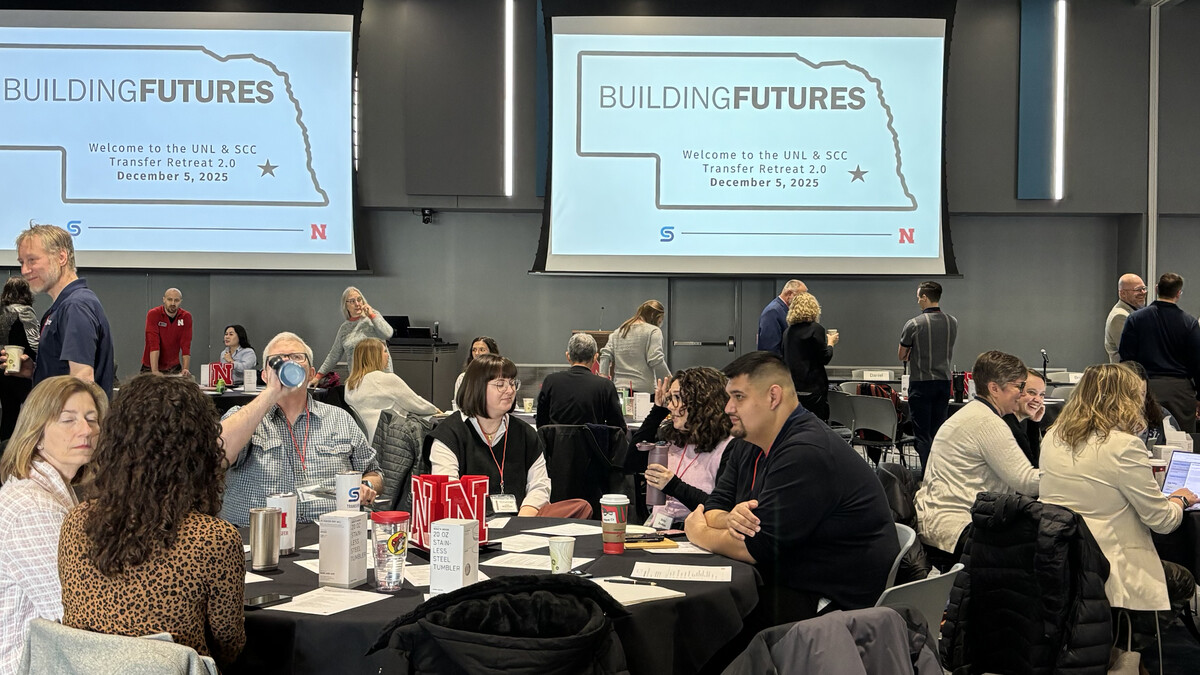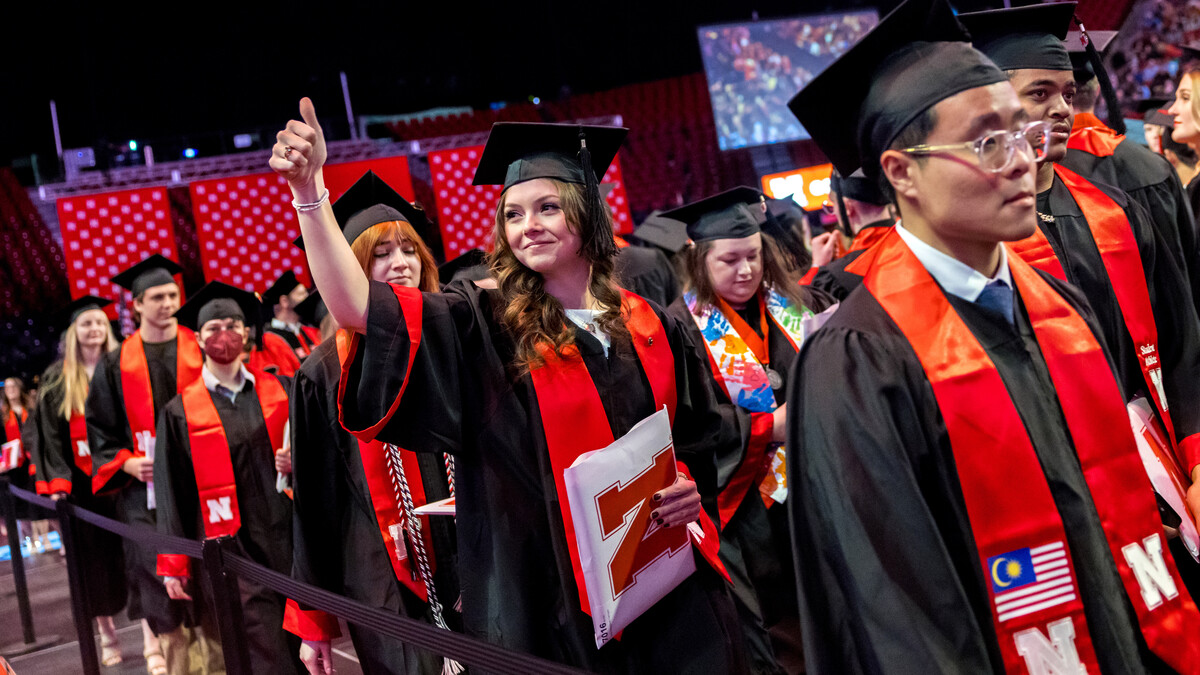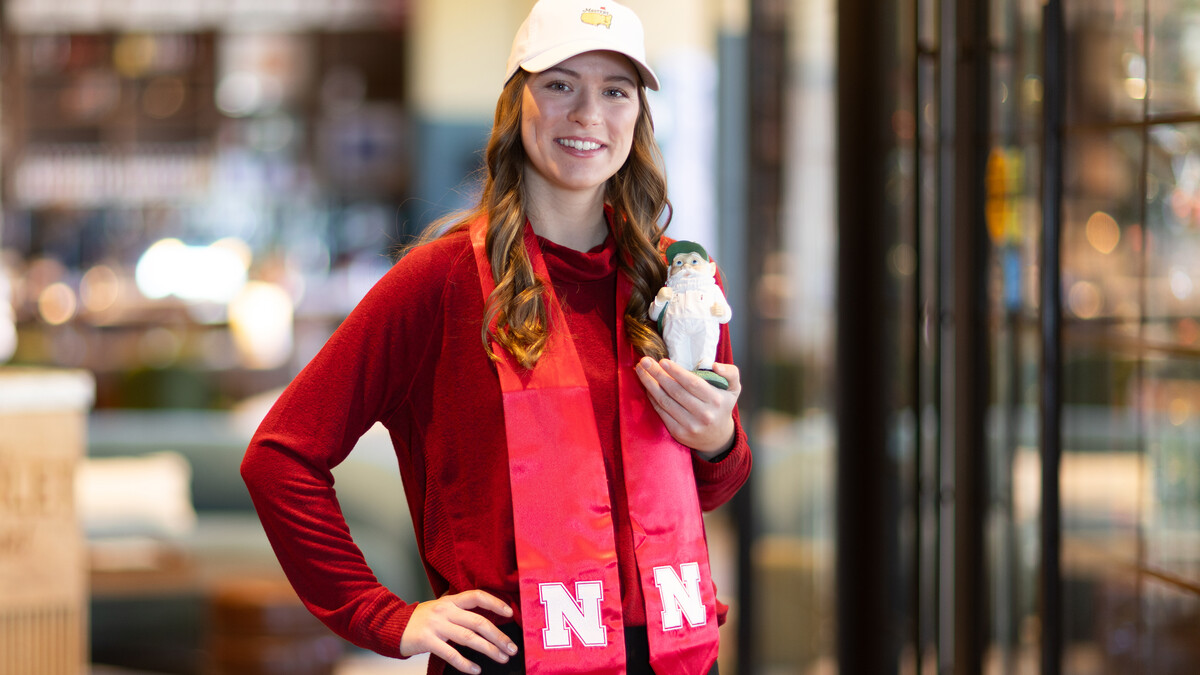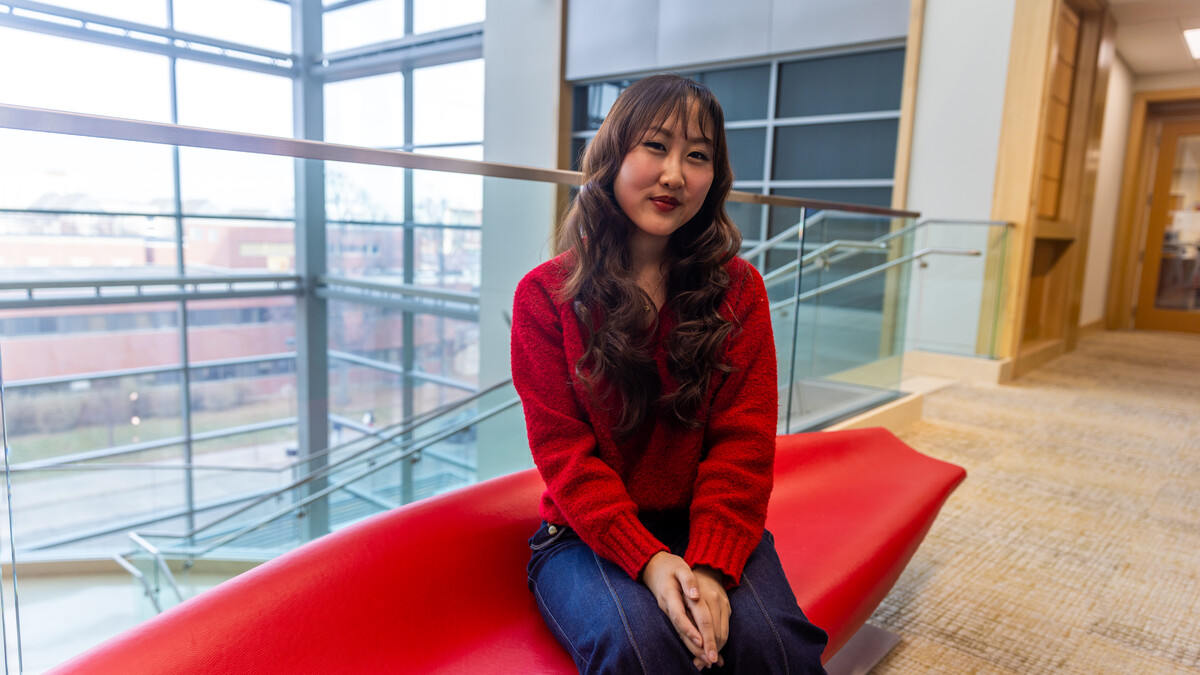
For Bill Sorensen, senior programmer analyst in the University of Nebraska–Lincoln’s School of Natural Resources, the East Campus Community Gardens sprouted more than plants.
Sorensen, who has long rented a plot in the gardens, met his wife, Karen, there. The couple has now been married for 14 years.
“We were always out at the garden, and we got together and ended up getting married,” Sorensen said. “That was kind of unique out there.”
Just to the east of McCollum Hall on East Campus, members of the university community are growing produce and bonds. The East Campus Community Gardens are a place where people of all backgrounds can share their hobby and its products.
“We have a lot of different backgrounds of people but everybody has an interest in gardening,” Sorensen said.
More than 70 plots in two sections are open to all members of the university community. Most gardeners are graduate students. Plots are by request and they currently have a waiting list of around 30 people, which Mark Mesarch, senior web/database developer in the School of Natural Resources and coordinator of the gardens, said has only grown since he took over managing it.
“It’s a place for getting your hands dirty,” Mesarch said.
The gardens can provide some tools and materials like compost, wood chips, wheelbarrows and hoses.
Sorensen has had a plot since the garden began more than 30 years ago when he was a graduate student in the agronomy department. He said the growing interest has been apparent, and the demographic now includes more faculty and staff and more academic backgrounds.
“As time went on, it was good to see people who had a lot of different abilities in gardening,” Sorensen said. “We had a lot of people who had a lot of skills join the gardens. It’s become more diverse in how people work and what people grow over time.”

Sorensen plants a variety of items like tomatoes, peppers, peas, beans, and lettuce. Over the years, he’s learned about other foods and tries new ones every year, like red okra and shallots. Talking to other gardeners gives him ideas for new plants or new techniques to try.
“There are people who have a knack for certain things,” he said. “I remember one guy who was growing cilantro and it looked like he was mowing a cilantro lawn. It’s a good social environment, a good learning environment for everyone involved.”
In addition to many foods commonly grown in American gardens, the East Campus community gardens house many international plants like bittergourd and even loofa sponge. International graduate students plant things that might be more difficult to find at a a store in Lincoln, Mesarch said.
“Especially some of these international students, they’re growing things they might remember from their home,” he said.
Gardeners can keep as much of their produce as they choose and do with it as they please, but Mesarch said many will share some with each other.
Sorensen said he shares large amounts of his produce. In the past, he and one of the other gardeners would get together and make salsa with the products of their gardens. He grows ghost peppers but nowadays finds them too spicy, so he takes them to his office in Hardin Hall and lets others know they’re available.

“They’ll use them in their cooking at home and tell you what they had, and I’m glad somebody can eat these,” Sorensen said. “It’s fun to share. When you have a space like that, you always grow more than you need.”
Those kinds of connections are built into the gardens. Mesarch said often in the evenings gardeners will be out tending to their plots and chatting with each other.
“It’s your responsibility to clean up the aisle, get to know your neighbor, but I tell new gardeners, ‘Don’t be afraid to ask your neighbor if you don’t know something about what you’re trying to grow,’” Mesarch said.
Having a space like this on campus increases access to homegrown food in the community, and Mesarch said people get many other mental and emotional benefits from gardening, especially in a group environment.
“We have the space, why don’t we do something like this?” Mesarch said. “I know people appreciate having a place to grow stuff.”
Sorensen said the gardens give people who might live in apartments or not have a yard a way to grow their own healthy food at a fraction of the price, while also helping them build community.
“There’s nothing better than something fresh out of the field,” Sorensen said. “A few seeds cost next to nothing and you can grow hundreds of dollars worth of food in your plot. I think it’s good for people who may not have the exposure to gardening to have the opportunity to garden, and for people who have gardening as part of their upbringing or their culture to be able to do it.”
